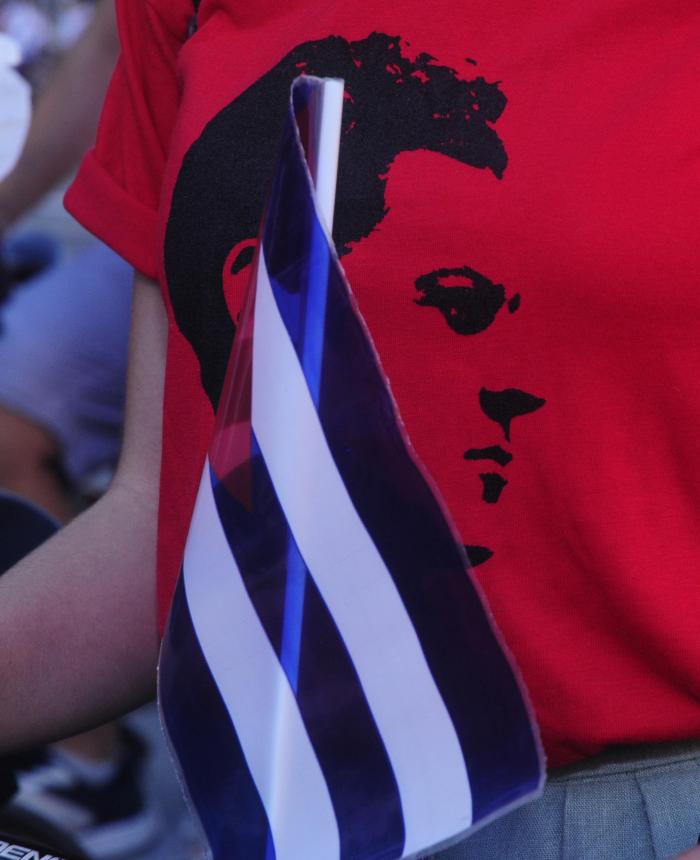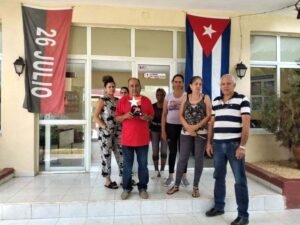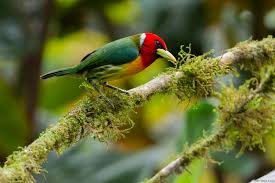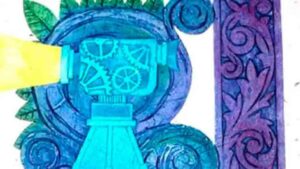On 14 July 1925, in a meeting held at the premises of the Students’ Association of the Havana Institute in Old Havana, the Cuban section of the Anti-Imperialist League of the Americas was structured.
This organisation had been founded in Mexico in March of that year, and in Cuba, a group – primarily young people with anti-imperialist leanings – had united to create the section on the island.
As part of this process, on 6 July of that year, they had presented their Regulations to the Provincial Government’s Registry of Associations. Following the meeting where it was organised and its leadership elected, the founding minutes were presented on the 17th, thereby completing the procedures for the new organisation’s legalisation.
Of all these dates, undoubtedly the most significant, the one marking the actual moment of birth, is 14 July, for it was when the League was structured.
At the 14 July meeting, the leadership of the new organisation was elected for a one-year term. Present were: Julio Antonio Mella, as Organising Secretary; José Acosta, as Vice-Secretary; Alejandro Barreiro, as Financial Secretary; and Francisco Rey Merodio as his deputy; plus a group of committee members, including Alfonso Bernal del Riesgo, Carlos Baliño, Rubén Martínez Villena, José Z. Tallet, and among its members, Leonardo Fernández Sánchez, a student at the Havana Institute.
Through a manifesto, published on 20 July in Nueva Luz, the Cuban section of the Anti-Imperialist League established its perception regarding imperialist policy, its links with Latin American governments, and specifically, its presence in Cuba.
Having stated their position, they declared: «We are not unaware of the dangers threatening us by standing against imperialism, which neither spares means nor art to rid itself of obstacles in its path of perversion, but we prefer everything, everything!, before the life of wretched slaves that awaits us at the enemy’s feet (…). We know war is engaged, that it will be without quarter, and that it will be a war to the death.»
From this position, they expressed conviction in the triumph of liberty and social justice, and declared that if they perished in this effort, they would be like Martí: «facing the sun» (de cara al sol).
On 23 November of that same year, 1925, at the Society of Cigar Rollers (Sociedad de Torcedores) in Havana, a Section meeting was held where Mella outlined the League’s objectives, following the conclusion of a class of the José Martí Popular University held in the same venue.
A report by members of the Police Experts’ Section, who infiltrated that meeting, stated that Mella spoke of including student sections and other social classes, because «within the Anti-imperialist campaign, all social elements had a place, with the exception of Yankee Capitalism.» Furthermore, he stated its primary purpose was to combat Yankee imperialism which, in Cuba, «besides economic power, holds political power,» through the appendage of the Platt Amendment which «undermines the sovereignty of the Cuban people.»
According to the report, Mella mentioned interventions like that of 1906, the Yankee notes during the February revolution (1917), the imposition of a cabinet on Zayas, and affirmed that these acts demonstrated that the «People of Cuba did not have their national sovereignty»; for whenever Yankee capitalism was affected, interference came.
It is said that an immediate demand would be the restitution of the land occupied by that country in Cuba.
Aside from the possible confusions of the «experts» who drafted the report, there was undoubtedly a very clear idea of the organisation’s objectives and the potential methods and forces needed to achieve them: abolition of the Platt Amendment, the independence of Puerto Rico and the Philippines, internationalisation of the Panama Canal, the withdrawal of US troops from Latin America, distribution of land to peasants, and country-specific issues.
Available documents confirm that the League was born with a clear vision and united, from its inception, an important segment of the revolutionary vanguard, some already linked to the nascent Communist Party, and had Julio Antonio Mella as its leader.
With continental reach, the League developed significant actions, such as the defence of Augusto César Sandino in his struggle in Nicaragua; the campaign for the lives of Sacco and Vanzetti, executed in the United States in 1927; and its participation was highly significant in the World Congress against Imperialism and Colonial Oppression in Brussels in 1927.
In Cuba, the League was born in a very special context. The 1920s marked the beginning of the island’s structural crisis and the evident erosion of the parties that had dominated the political scene: the Liberal and Conservative parties. Expressions questioning the system then emerged from different tendencies, creating an atmosphere of action that surpassed the sense of frustration and lament prevailing until then.
For example, in December 1922 the University Student Federation (Federación Estudiantil Universitaria – FEU) had emerged; in 1923 the First National Revolutionary Congress of Students and the First National Congress of Women had been held; the Protest of the Thirteen (Protesta de los Trece) had occurred; the José Martí Popular University had been created; and the Havana Communist Group (Agrupación Comunista de La Habana) and the Cuban Action Phalanx (Falange de Acción Cubana) had been born.
In 1925, when the League was founded in Cuba, events included the creation of the Communist Party, the National Workers’ Confederation of Cuba (Confederación Nacional Obrera de Cuba – CNOC), as well as Gerardo Machado’s inauguration as president, and the first assassinations by his government.
The FEU, under Mella’s leadership, confronted expressions of gratitude from Alfredo Zayas’ government to the United States for recognising the Cuban status of the Isle of Pines (Isla de Pinos), a pending issue since the Republic’s beginning, viewing it as a humiliation. That same year, Mella had also published the pamphlet Cuba, un pueblo que jamás ha sido libre (Cuba, a People Who Have Never Been Free).
The revolutionary situation forged on the island by these circumstances delineated positions, and the Anti-Imperialist League, in its Cuban section, was at the forefront of those combats against imperialism.
In Mella’s case, heavily persecuted by Machado due to the real danger he represented for the interests Machado’s government served, he was forced into exile. From Mexico, he maintained his presence in the League at the continental level, and also in Cuba-specific affairs, until his assassination in January 1929.
When Machado fell, and after 4 September 1933, a Provisional Government was established, generating positive expectations. Mella’s ashes were brought to Cuba and lay in state at the League’s premises in Havana. The premises were raided by repressive forces, but the ashes had already been removed and remained hidden until after the triumph of the Revolution.
When a new Reciprocal Trade Treaty was signed in 1934 between the United States and Cuba, the League issued a manifesto analysing its content and its relationship with the Sugar Quota Law (the Costigan-Jones Act), as it was an adaptation to the «new needs for the exploitation and oppression of the Cuban people by Yankee imperialism.»
The composition of the Cuban section of the Anti-Imperialist League of the Americas shows the presence of students, some workers, and members of the intellectual vanguard of that time, united in their anti-imperialist stance. These forces also organised public acts, such as the anti-imperialist rally on 10 September 1933 in Havana’s Central Park, against Yankee intervention in Cuba’s affairs.
The closure of the revolutionary cycle, especially with the failure of the 1935 general strike and later the assassination of Antonio Guiteras, changed the context temporarily, and the League, in fact, ceased to function.
Some of its most prominent leaders like Mella and Villena had died, and conditions changed at that moment, but its imprint, presence, and trajectory would remain in the history of Cuba’s revolutionary movements.




